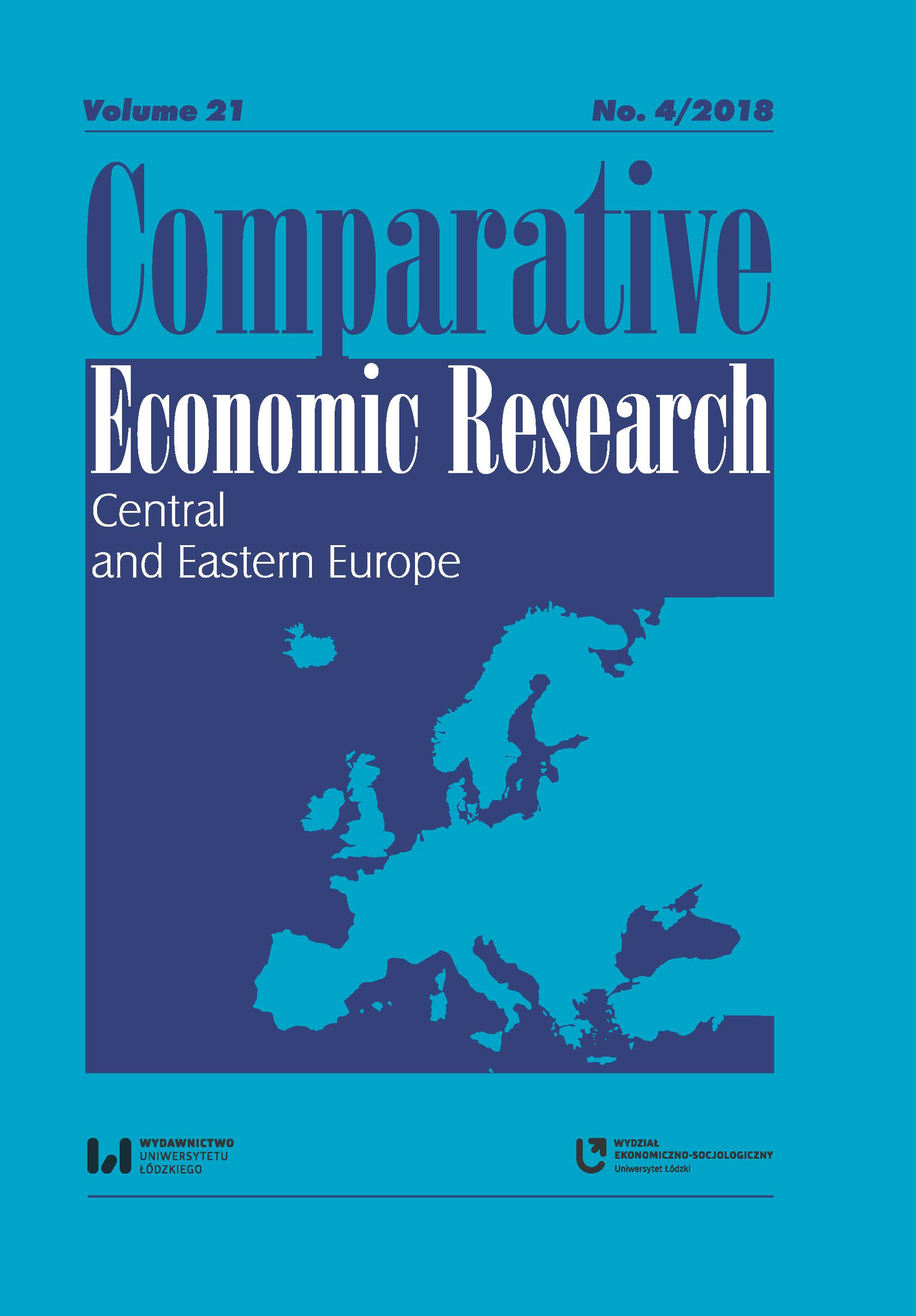The Catching up Processes of the Regions of the Visegrad Group Countries
The Catching up Processes of the Regions of the Visegrad Group Countries
Author(s): Imre Lengyel, Balázs KotoszSubject(s): National Economy, Business Economy / Management
Published by: Wydawnictwo Uniwersytetu Łódzkiego
Keywords: economic catching up; Visegrad Group countries; NUTS3 regions; Theil index; breakpoint; agglomeration economies
Summary/Abstract: The majority of Central and Eastern European post‑socialist countries acceded to the European Union in 2004. The integration of these economies to the Union had begun earlier, which was strengthened by grants from the Structural Funds after the accession. One of their aims is to facilitate the catching up processes of less developed regions and their convergence to the average of older member states. In our study1, we examine the success of the catching up processes of the NUTS3 regions in the four Visegrad Group countries (V4), i.e., the Czech Republic, Hungary, Poland and Slovakia, between 2000 and 2014 to the average of the 15 initial member states of the European Union. Is there a process of catching up in each region, and if so, is it at a similar or a highly different rate? We analyze the development of GDP per capita at Purchasing Power Parity, and we examine disparities in the level of catching up using entropy‑based Theil indexes. We provide a detailed analysis of two of the influencing factors of the catching up process of regions. Firstly, we look at whether the catching up process of the regions took place in a similar or very different way compared to the national average. Secondly, we examine how the size of the biggest city of the regions affected catching up, and whether the role of the biggest city of region can be shown.
Journal: Comparative Economic Research. Central and Eastern Europe
- Issue Year: 21/2018
- Issue No: 4
- Page Range: 5-24
- Page Count: 20
- Language: English

